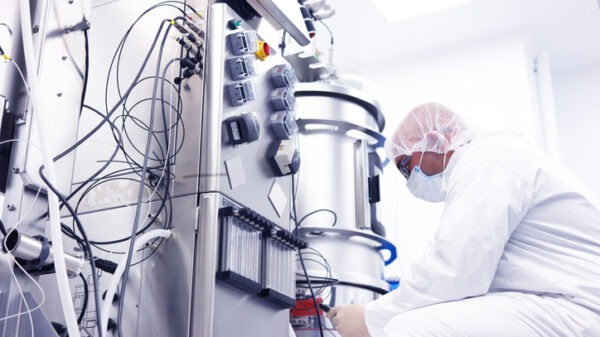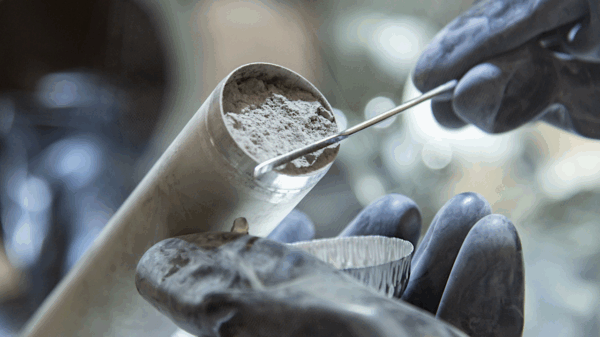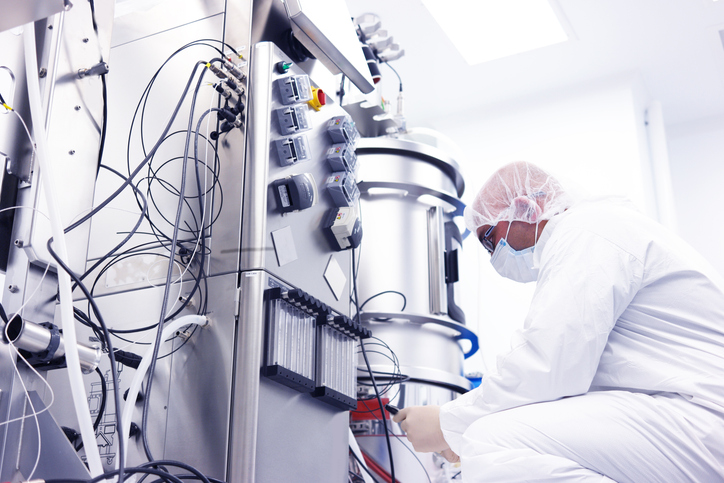Recent research reveals that maintaining steady hyperosmotic conditions can significantly enhance the productivity of perfusion cell cultures. This advancement is particularly relevant for biomanufacturing, where cell cultures are crucial for producing therapeutic proteins. The study, led by Qian Ye, PhD, a postdoctoral fellow at the East China University of Science and Technology, demonstrates that continuous osmotic pressure can be safely applied to cell cultures without causing cell death.
The findings indicate that a constant hyperosmotic pressure during the cultivation of Chinese hamster ovary (CHO) cells can lead to a remarkable 168.5% increase in specific productivity. Researchers from the Shanghai Collaborative Innovation Center for Biomanufacturing Technology, Shanghai Austar Pharmaceutical Technology Equipment, and Shanghai Bioengine Sci-Tech Co. collaborated on this study, which suggests that these conditions can be beneficial in continuous manufacturing environments.
Understanding the Impact of Hyperosmotic Conditions
Real-time monitoring of recombinant CHO cells in dense perfusion cultures has shown that hyperosmotic conditions can actually alleviate hypoxia. Ye and the research team observed significant, time-dependent metabolic responses, including rapid changes in nutrient uptake and glycolysis. Notably, while specific productivity took six to nine days to stabilize after osmotic stimulation, the cells exhibited enhanced antioxidative capacity even under low dissolved oxygen levels.
The study reports that even when oxygen levels dropped to 10%, cells subjected to hyperosmotic stimulation maintained relatively low levels of reactive oxygen species, which are harmful byproducts of cellular metabolism. This resilience allows the cells to continue producing therapeutic proteins effectively, even in challenging environments.
Optimizing Conditions for Cell Cultures
To maximize cell productivity while minimizing the risk of cell death, it is essential to tailor osmotic pressure to the specific cell line being used. For the CHO-DG44 cell line examined in this research, optimal osmotic pressure is identified as being between 380–410 mOsm/kg. Within this range, researchers successfully increased specific cell productivity from 25.15 pg/cell/day to 41.81 pg/cell/day, representing an impressive 66% improvement.
While continuous osmotic pressure often leads to cell death in fed-batch cultures, perfusion cultures differ significantly. The ongoing renewal of the culture medium in perfusion systems mitigates the risks associated with osmotic pressure buildup, allowing for enhanced productivity.
The implications of this research are significant for the future of biomanufacturing. By harnessing the benefits of hyperosmotic conditions, scientists can develop more robust and productive cell cultures, ultimately improving the efficiency of therapeutic protein production.

































































